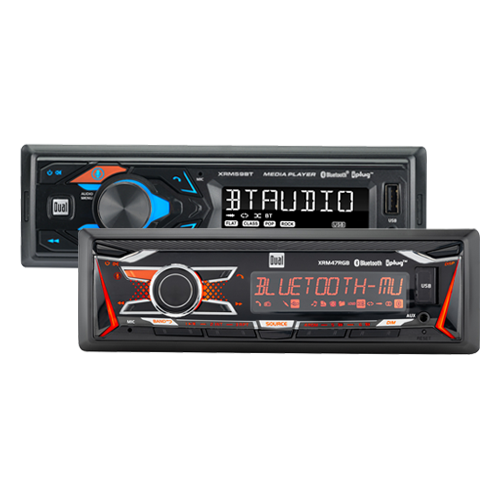Car
4 Things to Consider When Choosing a Car Amplifier
What does a car amplifier do?
Adding an amplifier to your car not only makes your system louder, but also boosts the detail and quality of your music by bringing out your speakers’ full potential. If you’re thinking about buying a car amplifier, here are some things to consider when choosing the right fit.

1. Compatibility with Your Car Stereo
In most cases, you’ll be able to add an amplifier to your factory stereo, though it won’t have preamp outputs to pass the audio signal to the amp. Several amplifiers include “speaker-level inputs,” allowing you to tap into the car’s existing speaker wires and pick up the signal. Many amps also include a DSP (digital signal processor) to improve the factory sound.
2. RMS Wattage
When choosing a car amplifier, the key thing you’ll want to focus on is RMS wattage. The RMS rating tells you the amplifier’s maximum constant power output without distortion. It is best to ignore PEAK ratings as they are typically inaccurate and mostly marketing hype. If you already have the speakers, review the speakers’ RMS rating, then choose an amp with the highest RMS output per channel (no higher than each speaker’s RMS rating). Shopping for new speakers to pair with your amp? Choose speakers with RMS ratings equal to or higher than each amp channel’s top RMS output. If you’re getting multiple pairs of speakers with varying RMS wattage and only one amplifier, just match the amp’s output to the lower of the RMS ratings.
3. Channel-to-Speaker Ratio
Choosing an amplifier for car speakers
You’ll need one channel of amplification for each speaker you want to power, but amps offer flexibility depending on what configuration you need for your setup. For example: a 4-channel amp could drive two speakers and a subwoofer wired to a bridged channel, combining two channels for a single more powerful channel. If you’re thinking of pairing with four speakers and one or two subwoofers, a 5-channel amp would be ideal.
4. Subwoofer Power
Choosing an amplifier for subwoofer
A subwoofer is essentially a large speaker that produces bass. For this reason, the same rules apply when considering RMS wattage. You’ll want the amp’s top RMS power to be equal to or slightly less than the sub’s top RMS rating. Multiple subs wired to one amp will affect the sub’s resistance to electrical current, so make sure the sub amp you’re considering has the impedance rating you need. You can learn more about wiring subwoofers here.
Overall, buying a car amplifier can be a great investment when taking steps to enhance your car audio setup. An amplifier will add value to your system by working with your speakers to bring out the quality and detail of your music.















Home
What to Look for in Home Speakers: A Guide for Better Sound
Car
The Impact of Speaker Size on Sound Quality in Car Audio Systems
Home
TV Sound Bar Maintenance: Tips for Longevity
Car
5 Signs It’s Time to Upgrade Your Car Stereo System